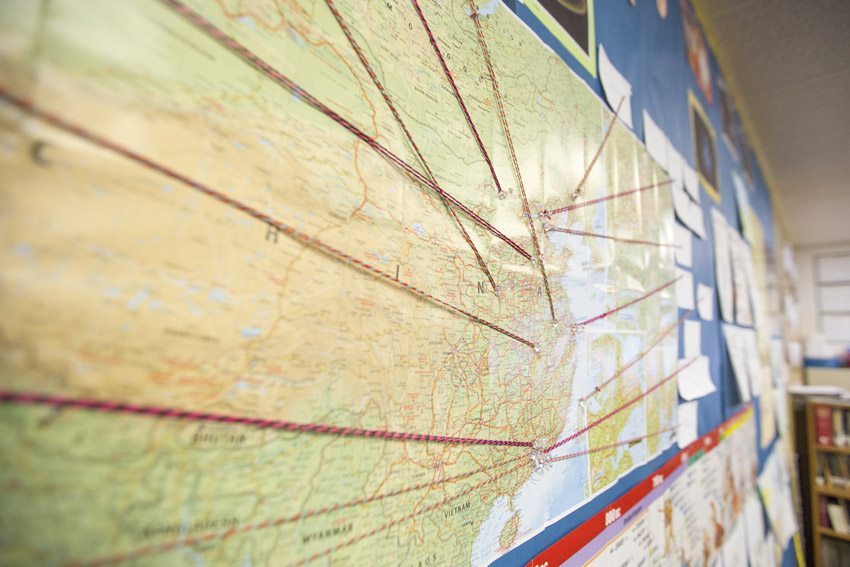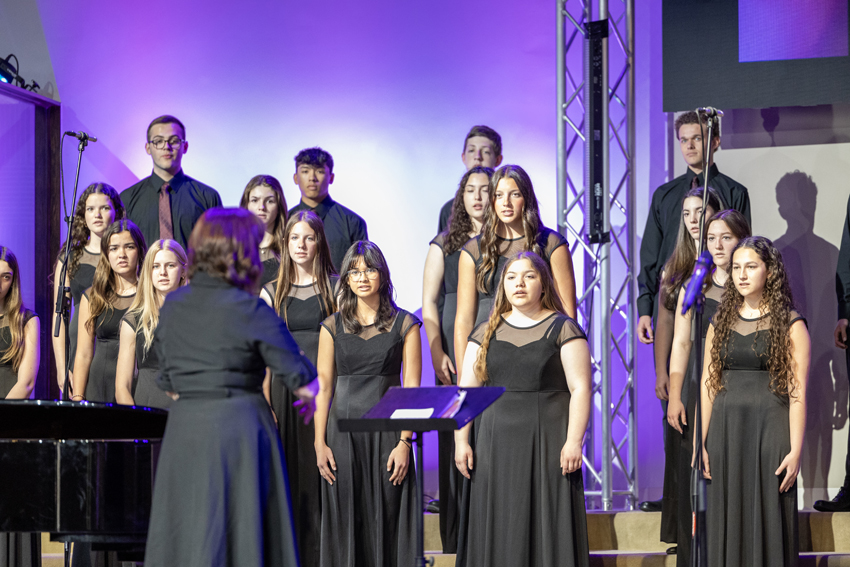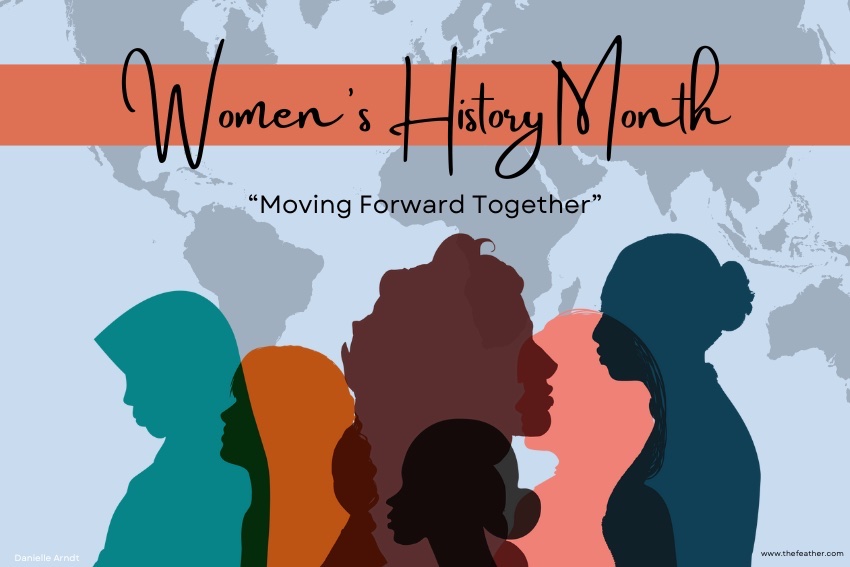Christmas around the world: Europe
Writer Matthew Sue will be covering the customs and traditions that cultures around the world celebrate Christmas with. The first article in this series was covering the continent of Asia, the second, the Middle East and Africa. This article will cover Europe.
Although Christmas is a popular holiday in America, other countries have their own way of celebrating during the holidays. From decorations to food dishes, different cultures gather together to celebrate long time traditions.
France

There are many interesting traditions when it comes to the French celebration of Christmas. These traditions have developed over hundreds of years and give France the interesting holiday it has today. For example, it is tradition for families to burn a cherry log called a “Yule tide log”.
This tradition dates back to tribal Europe, when it was believed that the way this log burned could foretell the future. Another tradition is leaving shoes by the fireplace. Children do this in hope that their shoes will be filled with candy or fruit. This is similar to the American tradition of leaving stockings by the fire.
German citizen Fiona Soto, ’19, shares her thoughts on the differences between Christmas in the U.S. and in Germany.
I think a huge difference is that in America it’s more commercialized and in Germany it isn’t nearly as commercialized. People go absolutely nuts in the states buying gifts and blowing money, but in Germany I feel like it is more “tranquil”. — Fiona Soto
Norway
The celebration of Christmas is newer to Norway than in some of the other European countries, as it arrived nearly 1,000 years after the birth of Christ. A pagan midwinter festival called Jul had been celebrated prior to the introduction of this holiday.
This festival consisted of a large amount of drinking and feasting. Eventually the holiday was Christianized, but these old traditions helped to shape celebrations in Norway, and make them what they are today. One of this country’s traditions is giving a large Christmas tree to England, this tradition was started after WWII and is Norway’s way of thanking England for their support.
Russia
Christmas, was banned for a period of time when Russia was communist, as it was a religious holiday. However this celebration is making a comeback in part, thanks to Russian President Putin who personally enjoys the holiday.

To those people who are religious, this holiday is usually much more subdued than other countries as it often entails fasting and church services. For those who are not religious the holiday is usually a time for family and friends.
Ukrainian born Tatiana Iest, ’18, shares her memories of Christmas and talks about some of the traditions that are practiced there.
“I like that in Ukraine we basically have four Holidays in the same season,” Iest said. “We have St. Nicholas Day on December 6, New Year on December 31, Holy Evening on January 6, and the actual Christmas on January 7. Children at schools perform plays, sing carols, play in the snow, and so on.
“Most of the customs as well as carols performed are Eastern Orthodox-base,” Iest continued. “In fact, the official religion of Ukraine is Eastern Orthodox. Though now many people have turned away, and the modern Ukraine is seen as more of a secular nation.”
Romania
Christmas in Romania is celebrated a lot like it is in America. It is considered a national holiday, so most stores and public offices are closed during this time. Celebration among friends and family is common. This is interesting because only a few decades ago Romania was part of the Eastern Bloc under Soviet rule, which was atheist, and banned Christmas.
This means that Christmas came back even after a whole generation did not experience it. In the countryside there is an interesting tradition called Ignat day (named for St. Ignatius). On this day a fattened pig is slaughtered then eaten and processed in a series of ceremonies. One of the ceremonies is called the funeral of the pig, this is a feast during which part of the pig is eaten and the participants give thanks for the pig’s life.
This is the third and last installment of this series. For the previous two articles click here: Christmas around the world: Middle east and Africa Christmas around the world: Asia
The author used these sources for the article: The local, worldholidaytraditions.com, timeandate.com, The holiday spot, Whychristmas?com
This writer can be reached via email: Matthew Sue.




